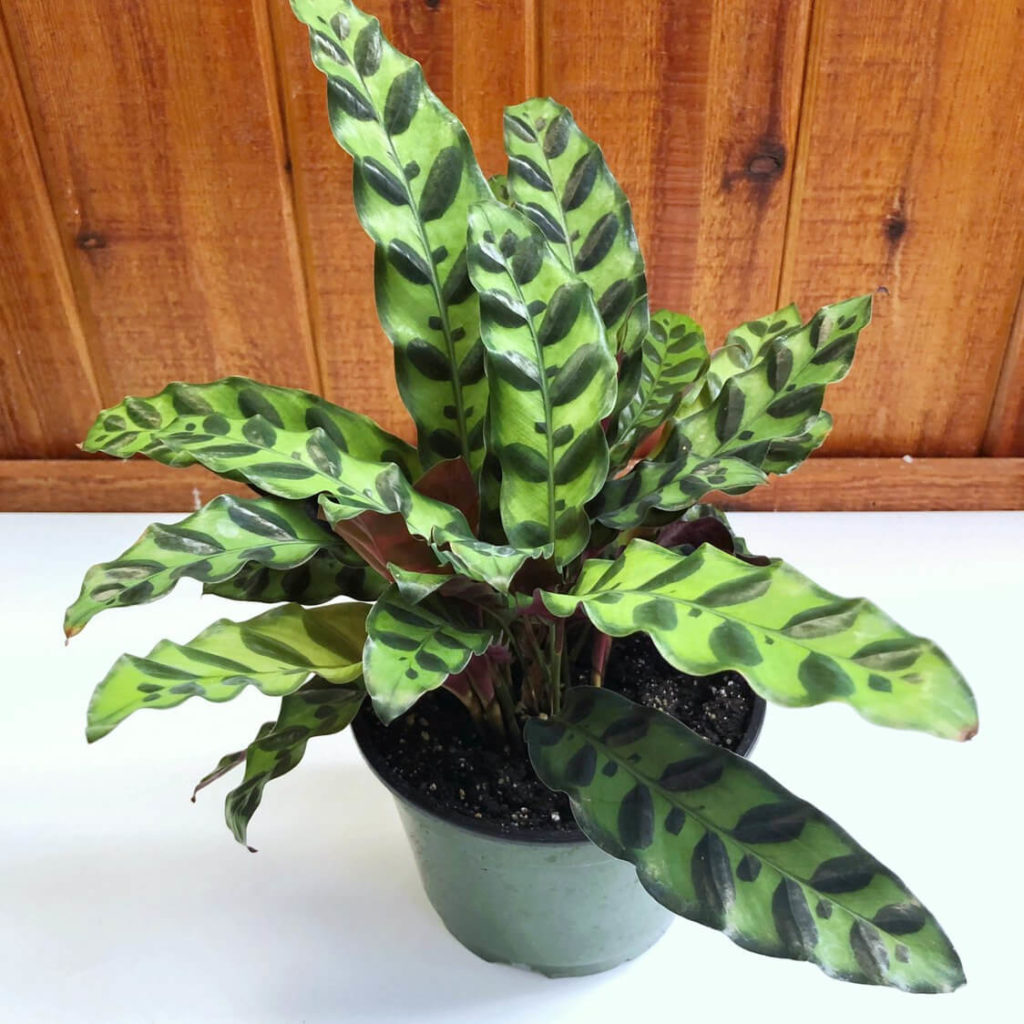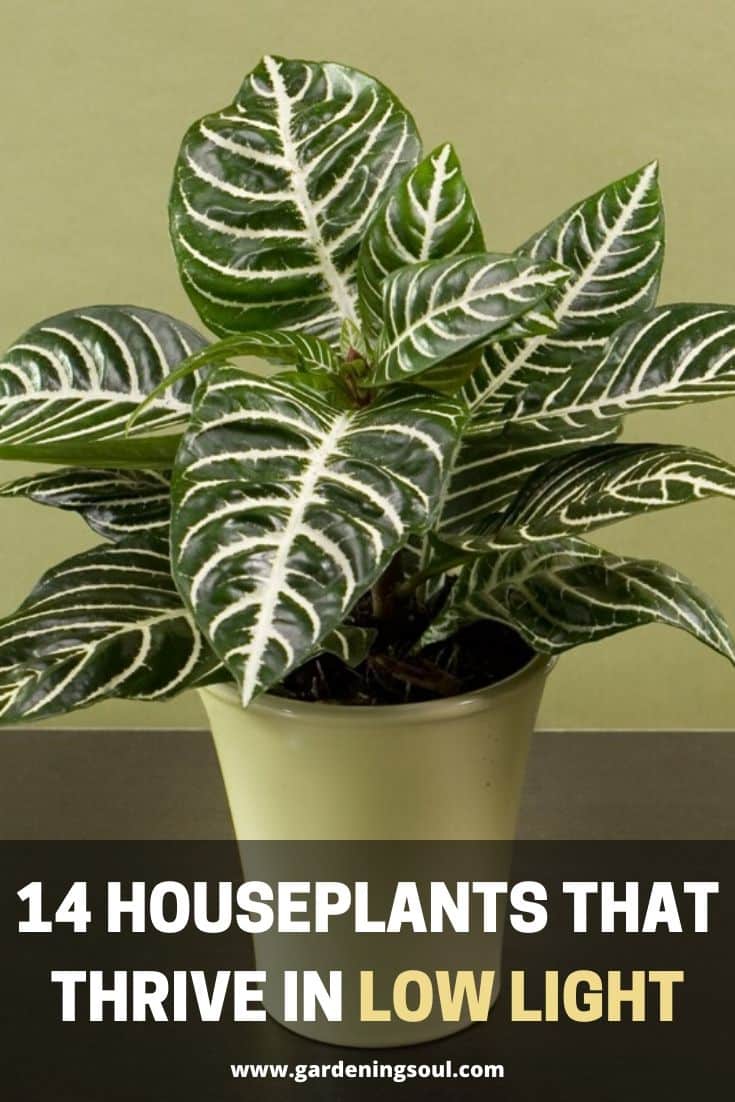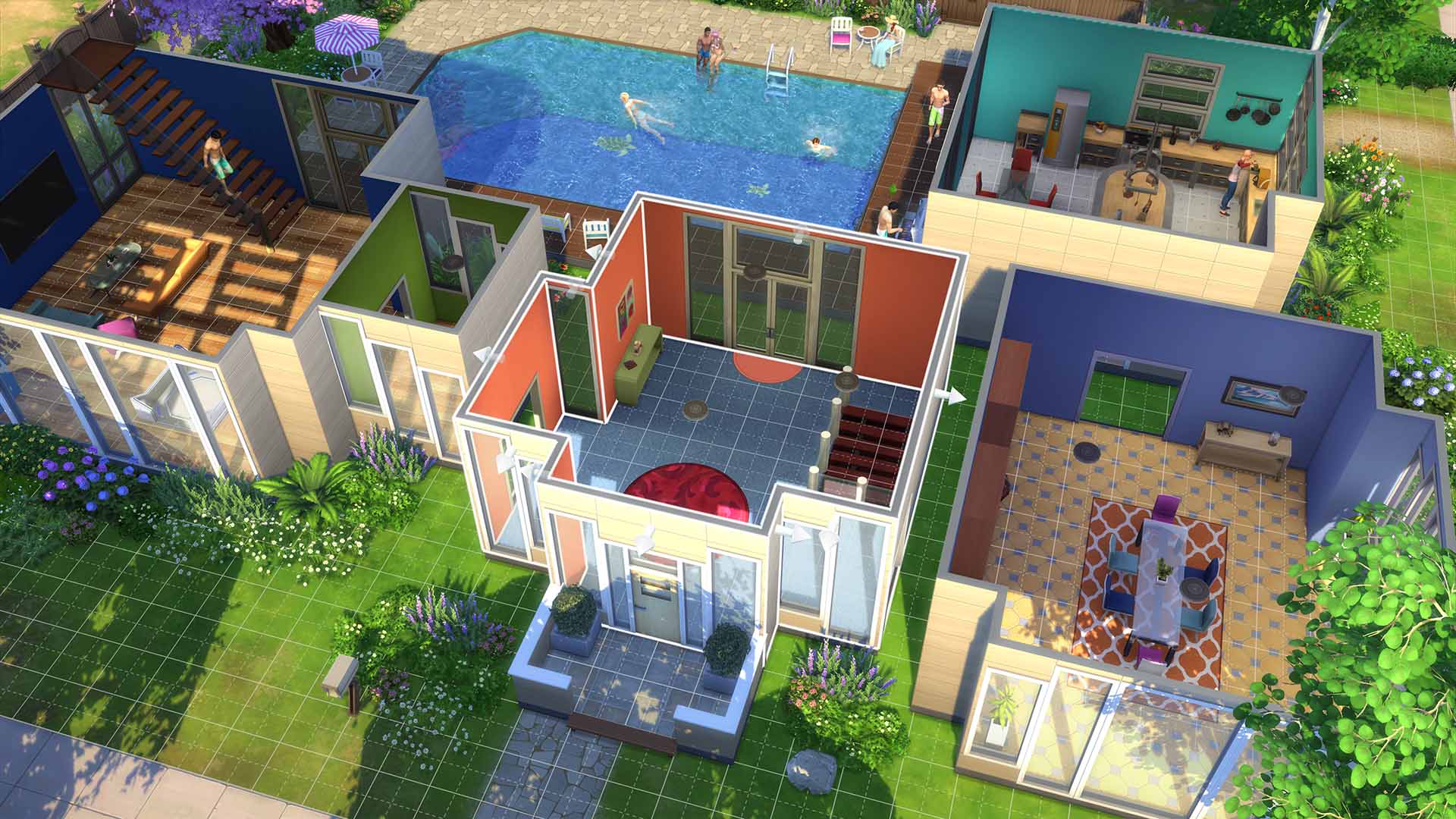Table Of Content

Keep them at bay with well-draining pots and avoid under- and over-watering. Fruits and flowers seldom appear with indoor cultivation under low-light conditions. Given the shiny, leathery leaves that cover the slender vines of this Hoya, it's no wonder it's also known as the wax plant! The Hoya carnosa boasts thick, succulent-like leaves, making it a resilient and low-maintenance plant that thrives with minimal attention.

Blue star fern (Phlebodium aureum)
Dieffenbachia’s contrasting leaves add interest to any houseplant collection. These plants should be kept out of reach of children and pets as they are toxic when ingested. Anthurium plants are not pet-safe and should not be in homes with small children. Allow Schefflera soil to dry to the touch, and then water the plant evenly. Known for being an incredibly resilient plant, English Ivy is an excellent choice for beginners.
Best Low-Light Indoor Plants for Your Home
There are plenty of good reasons to bring a little foliage indoors. In addition to their beauty, houseplants help clean the air and contribute to a healthier environment. Studies have shown that the mere presence of plants can enhance happiness and productivity, and tending to plants can even reduce stress. But what if parts of your home don’t get enough sunlight for houseplants to flourish? Fortunately, there are plenty of attractive plants that do just fine in low light.
The Best Plants for the Bedroom (Hint: It's All About Air Purification) - Architectural Digest
The Best Plants for the Bedroom (Hint: It's All About Air Purification).
Posted: Tue, 23 Apr 2024 21:03:04 GMT [source]
Plants That Are Toxic to Cats and Dogs
20 Hard-to-Kill Indoor Plants That Don't Need Sunlight to Thrive - Real Simple
20 Hard-to-Kill Indoor Plants That Don't Need Sunlight to Thrive.
Posted: Thu, 14 Dec 2023 08:00:00 GMT [source]
It is toxic, so keep pets and children in mind if you add this to your collection. Pothos is a fast-growing, rich vine that looks beautiful atop a bookshelf out of direct sunlight. Varieties come with dark green leaves or white and green variegation, and needs to be watered every 1-2 weeks.
Purchase one as large as you can find, with plenty of fronds to soak up the little light they will receive, and they should be happy for years to come. Maranta leuconeura features strong patterns and bold colors both on the top of the leaves and underneath, creating a true indoor spectacle for any onlookers nearby. When considering a plant of this species, the deep green Hypoestes phyllostachya is your safest option. They are also great in terrariums for a cute tabletop feature. Keep it in bright light in spring and move it to a shadier area for the rest of the year.
More Information on Low-Light Indoor Plants
Keep it out of the direct sun, water it regularly (but don’t overwater it), and it will thrive for you years to come. When plants don’t get enough light, they will first start to get long and leggy. They might even start to lean towards the light if there’s a window or other light source nearby.
You’ll love that they only need watering every two to three weeks, and if the leaf tips turn brown and crispy, just snip them off to refresh the plant’s good looks. “Among the most indestructible of houseplants, the ZZ plant can go a month without water if it has to, thanks to its thick, tuberous roots,” Hancock says. This plant, also called a Zanzibar gem, takes low to bright indirect light and thrives in homes with average temperatures and humidity. If needed, repot it during the spring or summer, and check out these tips for caring for a ZZ plant. Ficus elastica is one of the most foolproof of all indoor plants. Thick, glossy, and leathery, its dark green leaves are 8 to 12 inches long, 4 to 6 inches wide.
They are relatively quick growers and don’t require much maintenance, making them perfect for beginners. Spider plants also seem to live forever, even with a little neglect. If there is any indestructible houseplant perfect for absolute beginners, it’s the Snake Plant.
Pothos
The Bird’s Nest Fern has bright green foliage with wavy edges and is an attractive low light indoor plant. Bird’s Nest Ferns are air plants that prefer to grow on the surface of other plants. While many ferns are well-suited for low light conditions, the Staghorn Fern is a striking option with its thick, lush dark green foliage. These plants prefer low to medium light environments and do best when soil is dry between waterings. The most common cause of death for this plant is probably overwatering and ‘loving it to death’ in general. Caring for your Calathea requires consistent watering and thrives in low to medium light.
They are so easy to grow, they grow fast and produce cute little baby plants! Like the Snake Plant, this one is also great at filtering the air. Besides being adapted to low light conditions, the ponytail palm is also really easy to grow. A stocky trunk stores water, allowing the plant to go weeks without needing to be watered.
But be sure to keep it off the windowsill since direct sun will scald its leaves. A finicky beauty, the peace lily (Spathiphyllum spp.) boasts dark green foliage that helps to brighten up dimly lit areas. But don’t expect a profusion of the Jack-in-the-pulpit-like white spathes that these plants are known for in low-light conditions.
Said to bring good luck and fortune, the lucky bamboo plant craves some light but can fully thrive in shady areas. Its best feature, however, is its ability to remove benzene, trichloroethylene, and formaldehyde from the air while also acting as a natural humidifier. It’s toxic to cats and dogs, so keep them safe by placing your lucky bamboo out of reach.
Whether we have trees blocking our views or just an overall lack of windows, plenty of homes and offices struggle with getting much of that life-giving sun indoors. These low-light houseplants bring the shady understory indoors, brightening moods and cleaning the air. You’ll feel extra lucky if your plant sprouts white calla lily flowers from the center. Otherwise, the broad, dark green leaves are shiny and stand out in any indoor space. The more light the plant gets, the more likely you are to get flowers to bloom, but the plant can survive beautifully in lower light levels. Water as soon as the soil has had some time to dry, never allowing it to become soggy to prevent root rot.
Sansevieria (now part of the Dracaena genus) is one of the most adaptable plants you can buy. Introduce them slowly to their new conditions and they will handle less light or even direct sun with ease. Cultivate in organically-rich, moisture-retentive, well-draining potting medium. Water when the top one to two inches feel dry, and avoid both letting it dry out completely, and oversaturation.
The plant is fairly low maintenance but is susceptible to overwatering, so give it a drink only when the top inch of soil is dry. Fertilize with a weak fertilizer once or twice during the growing season. With their exotic form and colors, bromeliads are often seen in shades of pink, red, orange and yellow. While they are a low-light option, they may lose some of their color, depending on where they’re placed.













